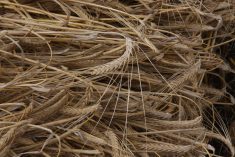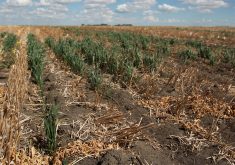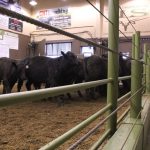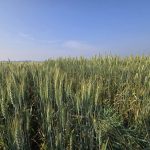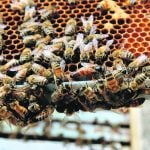The first time Neil Wagner registered a grasshopper insecticide with the federal government, it took him eight months. His second attempt dragged on for eight years.
Wagner was ready to throw in the towel earlier this year. His frustration with the Pest Management Regulatory Agency paperwork almost got the best of him. And then it happened.
“They suddenly decided to get it done. I don’t know what inspired them. They just quit asking questions and decided it was enough.”
In March, the PMRA registered Ecobait. Wagner’s first grasshopper bait, Hopper Stopper, was registered in 1984 when the process was faster.
Read Also
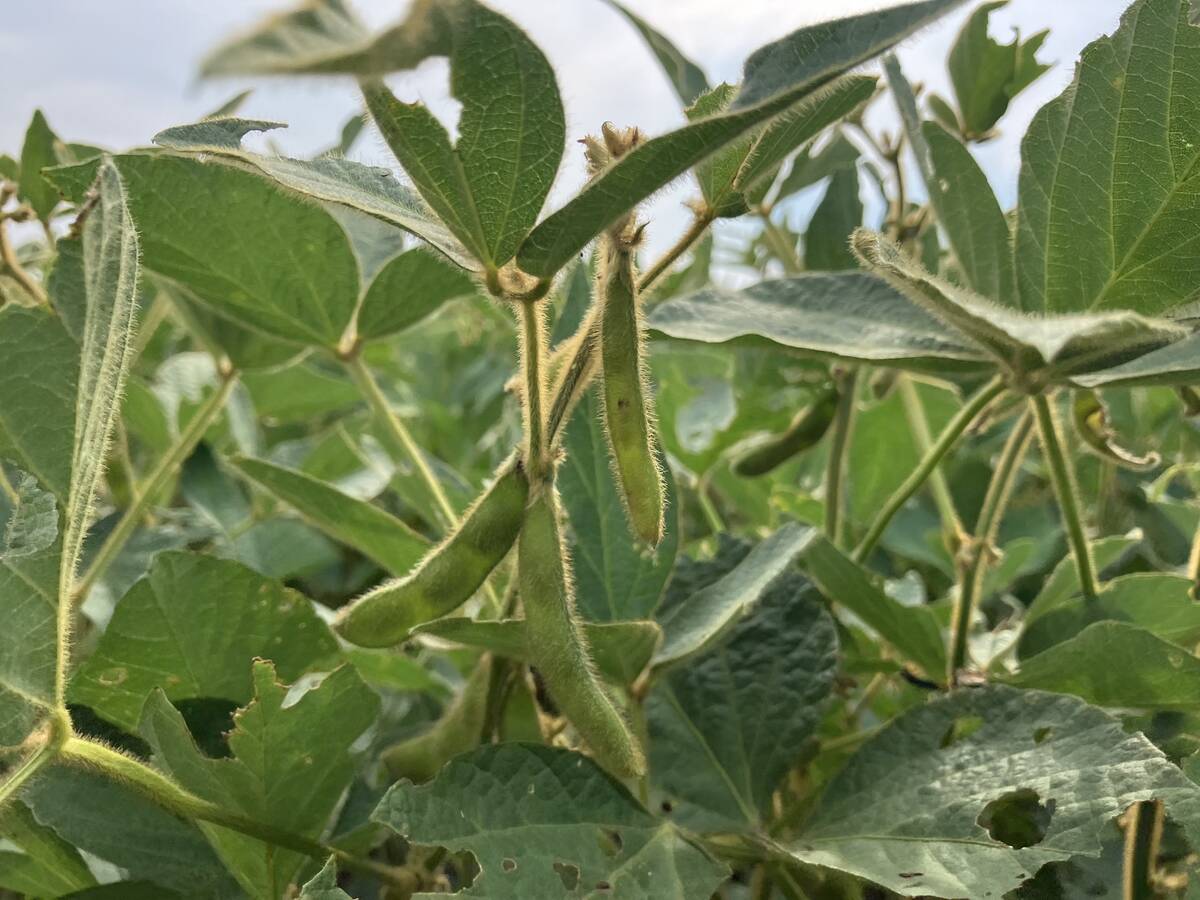
U.S. loses out on sales of soybean to China
U.S. soybean exporters risk missing out on billions of dollars worth of sales to China this year as trade talks drag on and buyers in the top oilseed importer lock in cargoes from Brazil.
His new bait is wheat bran inoculated with the chemical carbaryl. A tantalizing secret ingredient attracts hoppers. Once they ingest the bran, the pests keel over and die.
What sets Ecobait apart from insecticide sprays is that it uses far less active chemical ingredient, making it more economical, environmental and safer to use, said Wagner.
The product uses two percent carbaryl, about one-tenth what is required for spraying. Lower concentrations can be used because the insects are directly targeted.
“We aim at the inside of a grasshopper and so it just doesn’t take a whole lot to knock them over.”
The risk of collateral damage is also reduced. The bait is spread on the ground where it is ingested by scavengers like grasshoppers, locusts and beetles. It doesn’t cling to plants or kill helpful pollinators like leaf cutter and honey bees. And because of the low levels of active ingredient, the risk to humans and farm animals is greatly reduced.
While sprays cost producers $3 to $7.50 an acre, Ecobait can be applied for as little as $1.90 per acre. The bait can be applied at a rate as low as 11Ú2 pounds per acre.
Saskatchewan entomologist Scott Hartley agrees Ecobait is more economical, more environmentally friendly and less dangerous than sprays. But there are two drawbacks. The first has to do with its application.
“You may need a different piece of equipment than you would normally have on your farms,” said Hartley.
Ecobait can be applied by a granular spreader or by Wagner’s own truck-mounted bran blower, which retails for about $2,000.
Hartley said Wagner’s bran blower performed better than granular spreaders in trials he conducted. The problem is many farmers may not want to purchase or rent that extra piece of equipment.
The other drawback is that Ecobait does not effectively control clear-winged grasshoppers, one of the four species residing on the Prairies.
But all things considered, Hartley is enthused about the new product. He said it’s a great option for rural municipalities to use on road allowances because the chance of the chemical contaminating organic fields is minimal. Spray drift is not a problem and the insecticide tends to stay on the wheat bran rather than leaching into the soil.
Wagner is waiting for packaging to arrive before he can start shipping product to his dealers. He expects to be supplying product by mid-May.
Ecobait will be sold through United Grain Growers, Saskatchewan Wheat Pool, United Farmers of Alberta and various independent dealers across the Prairies. It will be sold in 20-kilogram bags for $65.






